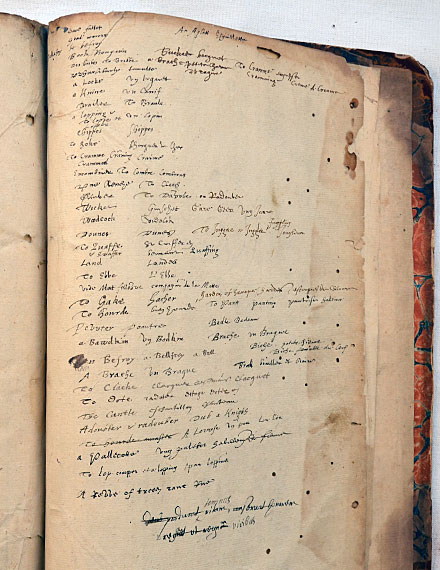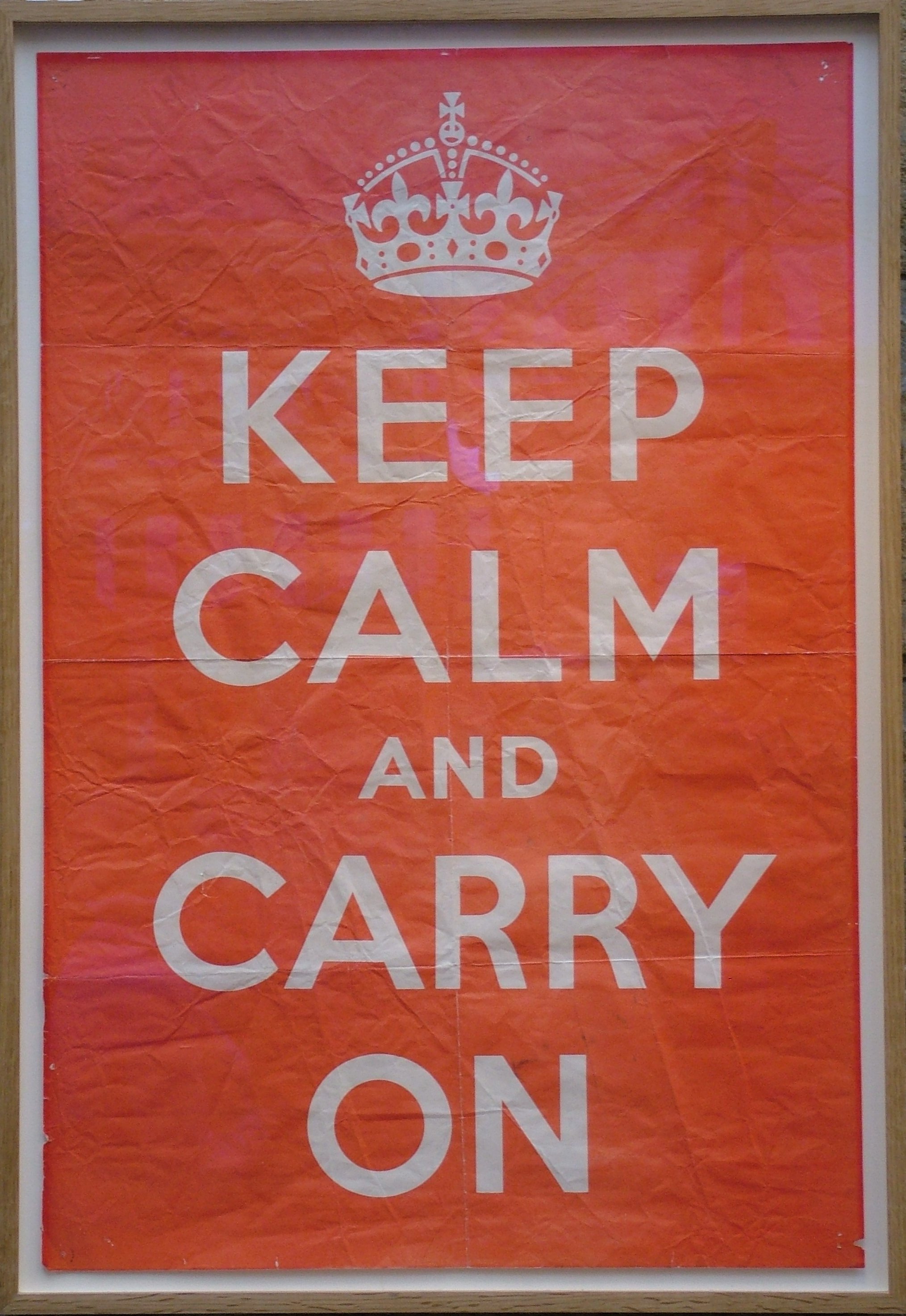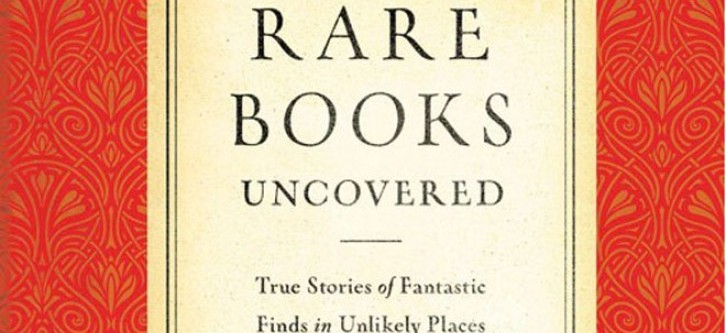Over the course of a year, the various ABAA bloggers write frequently about the significance of individual books, their rarity, their historical significance, and occasionally their value. However, far more often the significance of a rare book is much more personal and idiosyncratic. For many of us, the thrill of the hunt or the surprise of the find makes books memorable, and book collectors are far more likely to have stories of books unexpectedly found in unlikely places than items of great value.
Rebecca Rego Barry’s new book, Rare Books Uncovered, is dedicated to the stories of the favorite finds, the books discovered in unlikely places that collectors remember years, even decades later.
Barry -- whose day-job is as editor of Fine Books & Collections Magazine -- has interviewed dozens of collectors and booksellers -- including a great many ABAA members -- about their most-memorable finds. The stories are all short essays, and I imagined I might dip into the book from time to time and read it over a week or two. In fact, I read it cover to cover in a single sitting. Barry conveys the enthusiasm of each collector and their excitement about their discoveries is palpable. The pages turn easily, and left me with the urge to trawl through used bookstores and estate sales instantly.
While there are many tales of obscure 16th-century manuscripts kept under sofas or found in estate sales, Barry’s correspondents also also provide many examples of valuable or rare books being found by virtue of the collectors’ knowledge and ability to recognize what others could not.
ABAA-member Stuart Lutz was going through a large box of random papers when he recognized an invitation card sent to President John Tyler in 1844, an invitation to an event that nearly killed Tyler; ABAA executive-director Susan Benne recognized the first books Maurice Sendak illustrated (uncredited) at a hum-drum used bookstore outside Boston; ABAA-member Brian Cassidy bought a book annotated by Jack Kerouac for $20 from another bookseller who did not realize what they had; English-professor Aaron Pratt recognized a 16th-century Latin text in the catalog of an estate sale, and used his research skills to determine it had belonged to a significant library and had been missing since the English Civil War; Vic Zoschak of Tavistock Books found several 19th- and early-20th-century ledgers that had gone missing from the Senate Appropriations Committee listed on eBay, and was able to return the unique items to the US Senate; booksellers George Koppelman (Cultured Oyster Books) and Daniel Wechsler (Sanctuary Books) have made waves with their great discovery, a copy of John Baret's Alvearie, or Quadruple Dictionarie possiby owned by Shakespeare, and with the bard's marginalie inside (more details here...); and museum curator Benjamin L. Clark bought a rare 16th-century book that had once belonged to the Vatican Library at an estate sales for six and a half cents after spotting the book among thousands of mediocre more-modern books in an estate sale.

Notations on the trailing blank page at the back of what Daniel Wechsler and George Koppelman believe is Shakespeare's copy of John Baret's Alvearie.
These stories remind us that it doesn’t take great wealth to build up a collection of rare books, just knowledge and effort.
Throughout Barry’s interviews, collectors repeat Larry McMurtry’s maxim, “anything can be anywhere” several times, and their stories bear this out. From ordinary used book stores, friends-of-the-library book sales, everyday estate sales, and small-town auction rooms, rare books really can turn up anywhere and everywhere.
The stories Barry collects also introduced me to the idea of collecting “hypermoderns,” books just a few years old that have become collectible by virtue of their sudden newsworthiness. Examples include the equally loved and reviled Jonathan Franzen, the mega-successful J.K. Rowling, and ultimate man’s man Cormac McCarthy. Editor Anne Trubek focuses on this niche, where one can occasionally unearth signed, first editions in Goodwill for a buck or two.
A great many ABAA-members contributed their “favorite find” stories to this volume, and reading about their excitement and enthusiasm reminds us that no matter how eminent or experienced booksellers and collectors become, we are all at heart enthusiasts who love books and gain a great deal of satisfaction from the thrill of the hunt.
Reading Rare Books Uncovered will make you resolve to visit unfamiliar used book stores more often and add some local estate sales to your weekly schedule. Anything truly can be anywhere, we just have to get out and look for it.

Barry tells the story of the Keep Calm & Carry On poster, which has become an extremely well-known icon.
---
Rare Books Uncovered: True Stories of Fantastic Finds in Unlikely Places by Rebecca Rego Barry is published by Voyageur Press.




